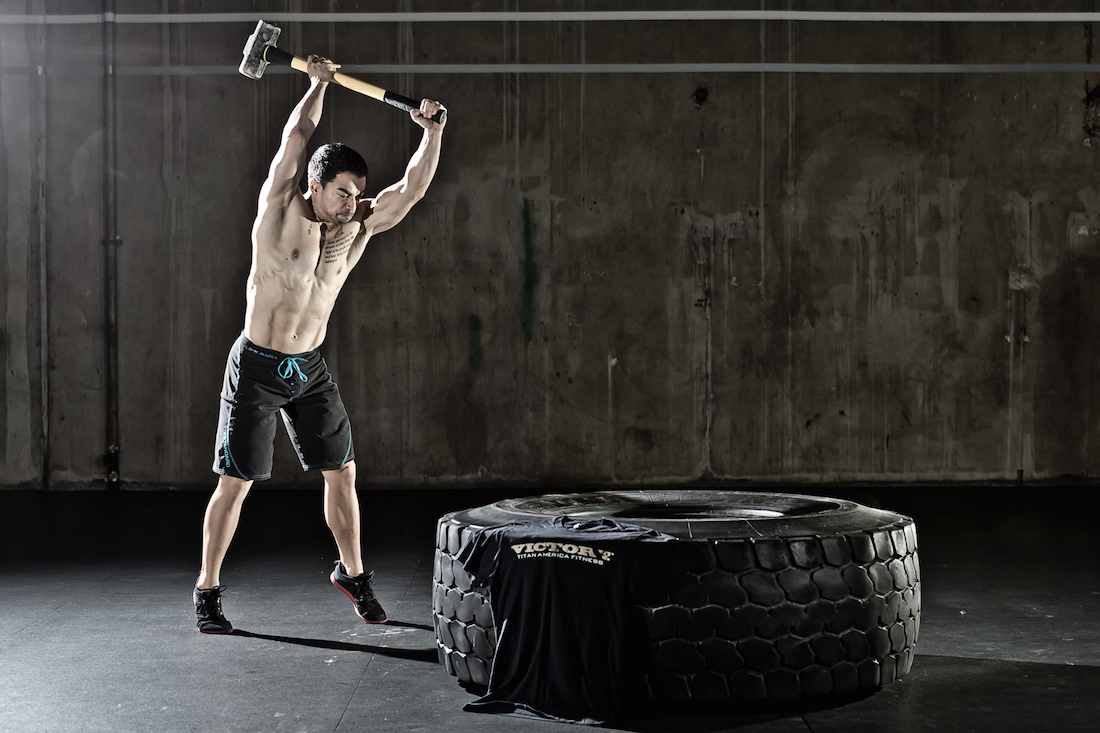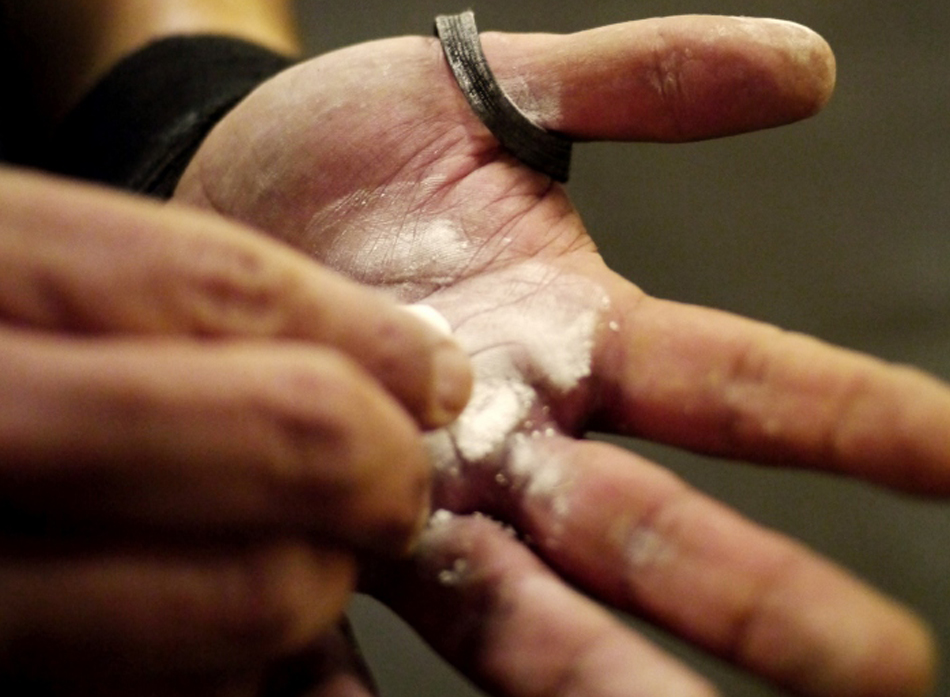Lifting weights is difficult, there’s no way around that. It’s tough on your muscles, tough on your cardiovascular system and tough on your energy levels. Imagine all of the exercises that involve having your hands on the floor, gripping a dumbbell/barbell or gripping some kind of pulley attachment – almost all of them, right? These exercises can all be rough on your hands and cause pain, rips and tears on the skin encasing them.
How Can I Toughen my Hands?
Hand toughening can be done in several different ways and to different degrees. Whether you want to toughen your whole hand, or simply target the areas that will be affected by lifting is up to you. Here are some tried and true methods of toughening your hands:
Bucket Full of Rice
No, this isn’t the Shaolin temple (although the do use a similar method of hand toughening). A simple bucket of rice can improve your hand toughness, wrist strength and grip strength with regular use. Once a day, slowly thrust your hands into the rice and squeeze your hands shut and repeat for about 5-7 minutes. This will be pretty difficult at first if you have tender hands and your wrist strength isn’t built up, but that’s why your training them, right? Regular use of the rice bucket will build calluses all over your hands and the bar won’t feel like it’s cutting into your skin the next time you PR on a lift.
Sledgehammer and Tire Workouts
One of the manliest workouts out there, beating the crap out of a large tire with a sledgehammer will not only whip you into shape, but will also help to build the calluses on your hands. There are tons of fitness centers that have this equipment, as it has gained a large following in the decade. If you have a home gym, maybe grab a tire from the garage and your trusty sledge to toughen your hands and sculpt your core and arms.
Lifting
Last, but certainly not least, is lifting. “But that’s what I want to build calluses for!” Well, there’s no shortcut to calluses, friend. Calluses happen through repetition, and if you don’t want to have a nightly evening with the rice bucket, you’ll just have to endure the first few weeks of lifting without calluses until they build. Rest assured, once your calluses are there, they won’t go anywhere if you keep lifting. However, if you stop lifting, you’ll have to build those calluses all over again. So hop under that bar and crank out some reps to build up those hands.
How Skin Gets Tougher
The reason it hurts your hands whenever you’re benching or squatting heavy at first is because there are no calluses built up. If you’ve ever played guitar or played a sport, chances are you’ve had some type of callus build up to make your skin more resistant to injury from that activity. Calluses build up on your skin to provide a cushion in between this outside force and muscle or bone. Without calluses, every time you went to lift your hands would hurt like hell afterward, it’s just too much pressure on the bone to be dealt with comfortably. Your hands would also be much more prone to cuts and rips without the toughness that calluses provide.
If you want to learn more about how tough your skin is then we recommend reading this academic article from Nature.
So You’ve Built Up Some Calluses, Now What?
Alas, developing calluses is not the end-game of hand toughening and care. Once you get your calluses, you’re at risk for a whole new set of problems: your callus tearing or ripping off during a lift. Callus tears and rips are worn as a badge of honor by many in the fitness community, but they hurt and they can put you at a handicap for the rest of your workout. Plus, who wants to work out when you have a dime-sized piece of skin dangling from your hand? Here are some simple tips to maintain those calluses so you don’t have any rips or tears ruin your workout:
Level Calluses With A Pumice Stone
The main problem experienced lifters have with their calluses is that they grow too large and rip off. One surefire way to ensure that you don’t share the same ill fate is to keep your calluses level with the rest of your skin with a pumice stone. A pumice stone is an abrasive material that you can pick up at any pharmacy. Once a week, before you get out of the shower and your hands are moist from the water, use the pumice stone to shave off the top layer of your calluses so that they don’t grow too big. This is a quick and efficient way to keep your calluses manageable and prevent them from getting ripped off during a lift.
Use Chalk When Lifting
One of the main causes of a callus ripping or tearing during a workout is a slippery bar. If your hands are sweating during your workout to the point where you feel the bar slipping, apply some chalk to your hands. This will soak up that sweat and ensure that you have a tight grip on the bar at all times throughout your lift.
Final Thoughts
Working out and lifting weights is tough. To deal with the pressure and stress of the bar, you’ll have to have tough hands as well.
Whether you’re using a bucket of rice, sledgehammering a tire or simply lifting through the short-term pain until those calluses develop, that short-term discomfort will ease a lot of pain in the long run. Once the callouses are built, you simply have to take the time and consideration to level off your calluses with a pumice stone and remember to reach for the chalk when the bar gets slippery. Now that you have the knowledge, get to work on building up those hands!


Frairs Balsem works Great to apply to open blisters and calluses. It disinfects and dries them out quickly with fast recovery.
Rubbing alcohol. Apply to your hands 4-5 times daily on a cotton swab. It’s quick, easy, and yes, it’s a useful shortcut to hardening your palms and fingers.
Be careful with chalk. Lifters chalk is actually a form of magnesium that increases friction rather than drying sweat. Too much can tear calluses off. If you want to eliminate moisture and challenge the grip, an old school trick is baby powder. I use it when I lift kettlebells.
In gymnastics, we used to make a hand lotion from Dubbin (used for leather care) and metholated spirits. Apply twice a day